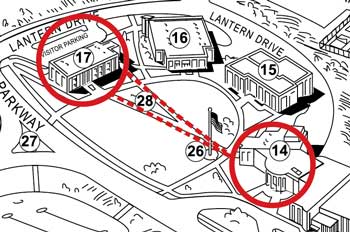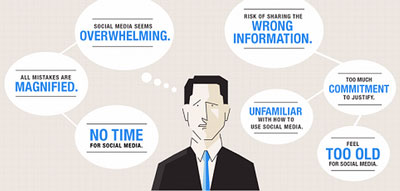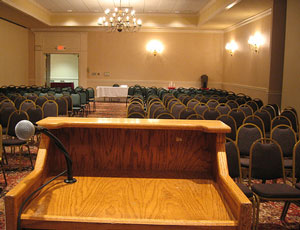 Becoming a thought leader in the B2B, B2C or C2C arenas will require focus on improving the overall e-commerce experience in three ways. You must, step-by-step, strive to become:
Becoming a thought leader in the B2B, B2C or C2C arenas will require focus on improving the overall e-commerce experience in three ways. You must, step-by-step, strive to become:
- The best people to shop with
- The best people to do business with
- The best people to work for
To be successful at the first two steps, you must make sure that your employees truly believe that you have achieved the third step. Companies have permeable walls through which such internal messages seep to the outside world. Any mismatch between your internal and external reputation as an e-commerce thought leader will destroy credibility.
Countless articles on this website address the fact that ”thought leadership begins at home.” If your own team members don’t believe that you and your company are
Your employees are also ”message multipliers” who take your viewpoints into the world…the virtual or the real world. But you’ll need to remember to simplify the messages so that your staff can amplify the e-commerce messages you want to deliver.
Does your e-commerce thought-leadership approach need a refresh? Ask, assess, then act. We’re here to help!

 A recent article
A recent article






